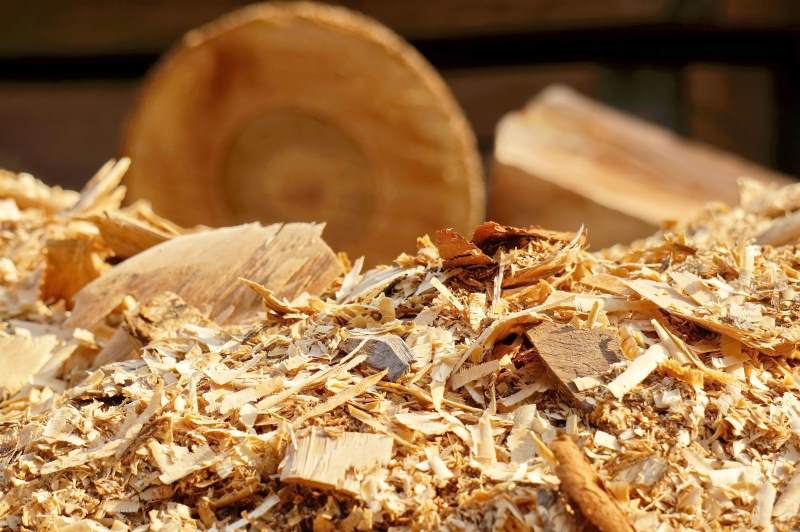We care about recycling tires. In the tire recycling industry, we’re working to solve the big problems that scrap tires pose, especially when they wind up in landfills or dumped irresponsibly.
But we also know that recycling is only part of the solution. Just like with many other recyclable items, we can save even more resources if we reuse items before recycling them. That’s where tire retreading comes in.
According to the Tire Retreat & Repair Information Bureau, here are just some of the reasons why using retreaded tires is better than buying new:
1. Oil
That’s right. Oil is a major component in the synthetic rubber that makes up a portion of every new tire. While it still takes oil to create the new treads, it requires less than half as much oil to retread a tire as it does to produce a new one.
2. Tire Life
When we can make things last longer, we reduce the number of products that need to be produced over time—and that means we’re using fewer resources in the process. Thanks to retreading, tires that have lost their tread but are otherwise perfectly sound get to see a lot more miles before they head to recycling.
3. Cost
Since retreads require less energy and fewer resources to produce than brand new tires, they cost less to produce. That savings gets passed on to the consumer, so it’s less expensive to use retreads than to buy new. Typically, a retread tire costs half as much—or even less.
4. Quality
The tires selected for retreading have to meet exacting standards. There’s no cutting corners, thanks to industry requirements. Tires are meticulously inspected before they can be approved for retreading. And facilities team with major tire suppliers to test the final products for quality.
Essentially, you can expect a retreaded tire to measure up to a new tire in quality and in safety.
5. Safety
Their safety is also apparent in who uses them. You’ll find retreads on the planes of every commercial airline and on military aircraft, too. School buses, commercial trucks, ambulances, fire engines, and other essential vehicles we rely on regularly use retread tires to do their jobs safely.
And if you’ve heard that most of the rubber you see on the road is from retreaded tires, you can rest assured now that a study by the University of Michigan has shown that the deciding factor is actually how well a tire was maintained by the owner (or driver), not whether the tire was retreaded.
6. Responsibility
As you can see, choosing to purchase retreaded tires is financially and environmentally responsible, as well as being perfectly safe for you, your family, your business, and a good number of the vehicles that keep us moving every day.
If you care about recycling, you should care about reusing, too. When it comes to taking care of the hundreds of millions of scrap tires that leave the road each year, we need both.




